Canon 6D Review – a subjective look
This is going to be a quick review. There are other reviews out there that cover the new 6D in great detail, so I’m not going to repeat that material. Instead I’m going to give my subjective views on the camera.
If this is going to be a subjective review, you should know something about me. Many, many years ago I was using a Nikon F3, which was then the greatest, newest camera ever. But when hard financial times struck I sold the F3 and brought an ancient Nikkormat EL (a camera that was already ancient when I got it). The Nikkormat had none of the fancy technological features of the F3, but it did everything I asked of it – aperture priority automatic with the option of manual control. The Nikkormat was built like a tank, and had a nice viewfinder, and was easy to use. I never missed the F3.
Fast forward to today. The 6D is Canon’s budget option for a full frame DSLR. A camera intended for those who are unwilling to part with the cash for a 5DIII, and in direct competition to the Nikon D600.
Making a budget version of an expensive camera requires compromises, not only for manufacture costs, but also so that the cheaper model does not cannibalise the sales of the more expensive one. The issue is where the camera designers choose to make those compromises.
In the case of the 6D, the image quality is excellent. The main points of difference between the 6D and the other cameras is that the 6D has fewer autofocus points, writes to a single SD card, and has no headphone socket. Quite frankly, for my use, this feels a lot like comparing the Nikkormat to the F3. There are a bunch of features that the cheaper option is lacking, but none of them impact on me as a photographer.
In terms of useability there are no great surprises. This is a Canon DSLR, and you hardly need to consult the manual. A few things are in different places, but nothing that you won’t get used to. The camera is also smaller and lighter than the competition.
The autofocus system is not as good at tracking fast moving subjects as the systems in the D600 or 5DIII, but in poor light the 6D’s autofocus outperforms the Nikon’s, and to me that is more useful. The fact of the matter is that most of the time I leave the centre point selected, and use that to lock the focus, so I’m not worried about the meagre number of autofocus points.
It seems that I’m often shooting at the point where there is barely enough light. Actually it’s been like this as long as I can remember – probably because as technology has advanced it has enabled me to get closer to the shooting that I’ve always been aiming at. From looking at a lot of student work, I don’t think I’m alone here. I’m often looking at student images that represent great opportunities that have not produced great images because the shots have been ruined by excessive noise or camera shake. Pretty much any camera will work well in good light at f:8 and an ISO of 200, but how many can get a decent image in adverse conditions?
There are a few bells and whistles that the 6D has that are a little surprising. It has built in GPS, but this drains the battery, and it has located several of my photos in the harbour. More useful is the built-in Wi-Fi, which allows a smart phone or a computer to control the camera. In the shot below you can see the camera ‘tethered’ to my iPhone, allowing me to control the exposure settings and click the shutter, as well as see through the lens. What would be really useful though would be to use this with an iPad, where the larger screen would be a big advantage, not only for tethering, but also for reviewing images after they have been shot. I will note however that it was a very cumbersome process to set up the tethering to the iPhone, and although I got it to work in the end, it did take quite a while, and I’m not exactly sure how I got it to work.
I took the camera for a walk around Port Chalmers late at night to put it to the test (images are below).
At the highest ISO, a ridiculous 102400, the images are pretty noisy, especially in the mid tones. There is no noise at all in the blacks. Detail is poor. This really is a setting for emergencies only. But that is to be expected.
However, the image looks cleaner to me than the highest ISO shots I’ve taken with 60D or 7D cameras, which only reach 12800, and is definitely cleaner than the 51200 setting on my Pentax K-5.
The real surprise is the quality the camera produces at only one stop down, a still-ridiculous 51200. Viewed at 100% there is noise, but the pattern of the noise is not really awful (as it is on the Pentax). Zoom out until the image fills the screen, and the noise is only noticeable in the areas of smooth mid tones. Notice the roadway in the images of the police station below.
Back down to a moderate ISO of 6400 or 3200 and the noise resembles a fine grain pattern, and is only visible at 100%. For my use, these images are perfectly useable, and I doubt if the noise would be visible in an A4 print. Certainly for web use these images are fine.
Overall conclusion – I’m very pleased with the camera. It delivers in all the key areas, and I don’t miss the points that make it more affordable. I’d question the wisdom of spending the extra money on a 5DIII unless you had a clear need for its features. Certainly I’d prefer the 6D to Nikon’s offerings, and I suspect that the 6D would even suit me better than Nikon’s D800. I think this camera sets a new benchmark in terms of image quality for money spent. If your concern is the best image quality at the lowest price, especially if you work in low light, this is a great camera.
Below: the Port Chalmers Police station, which is not well lit at all, and provided a good test subject. The top image is at 102400, the next at 51200, and then 25600.
Below: Outside the supermarket at ISO 6400. There’s a little noise in the distant buildings, but even at 100% it’s not very objectionable.
I’ve worked on this one in Lightroom, but only to change the colour – there is no noise reduction applied. This is also at 6400. The noise is definitely there, but it’s not a problem. It looks a lot like film grain.
Although there is noise in this shot, because I’ve put it into black-and-white and I’ve worked on it with the tone curve the noise looks a lot like film grain, and I don’t see it as a problem at all. 6400 again.
In the last shot, a mannequin in a shop window (after Atget) taken at 3200 there’s a touch of noise in the lighter shadows, but you really need to look for it at 100%.

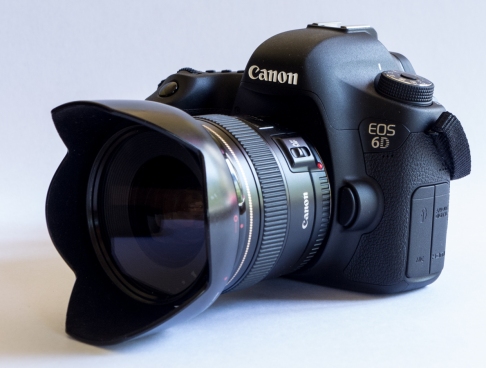
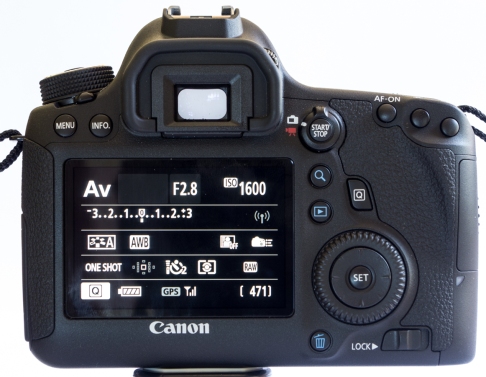
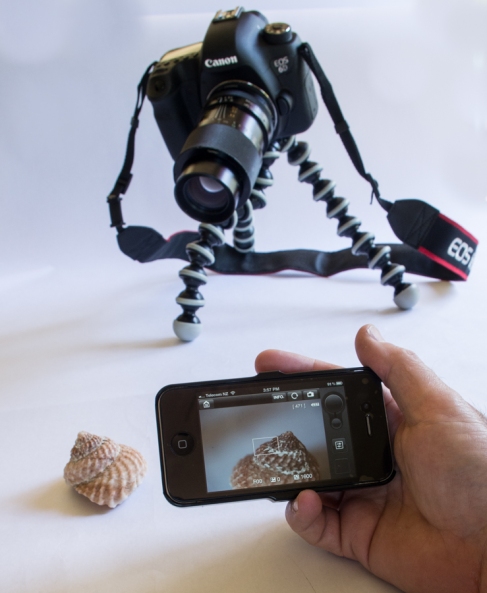
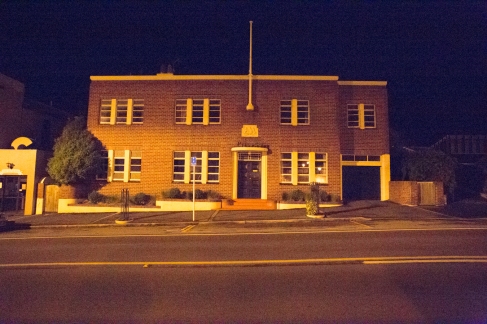
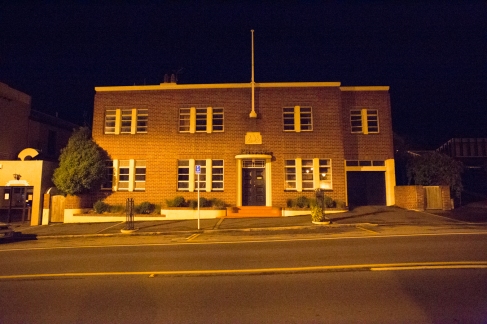
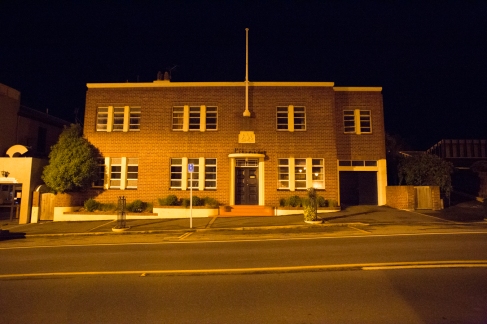
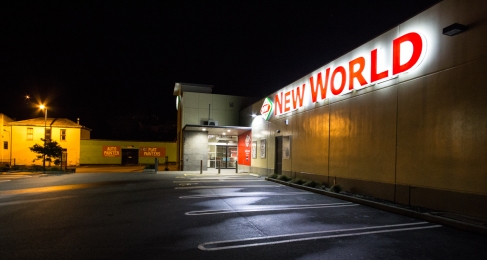
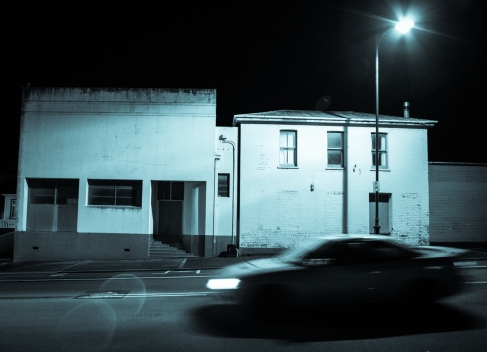
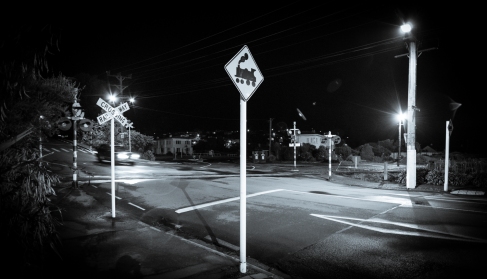
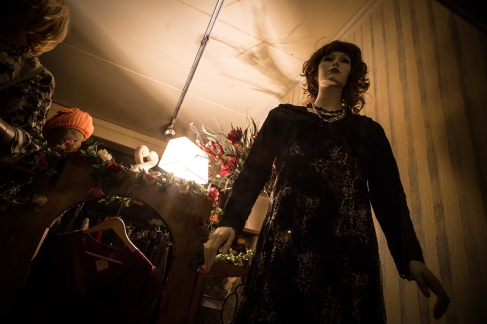
Excellent review!!